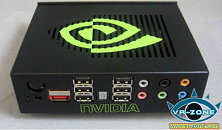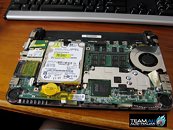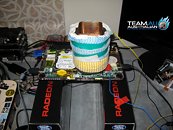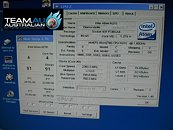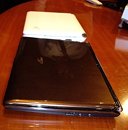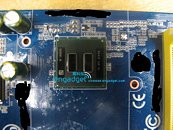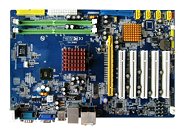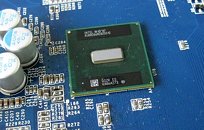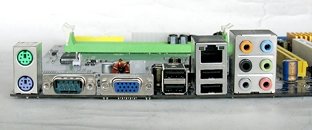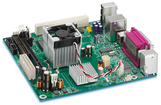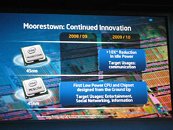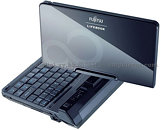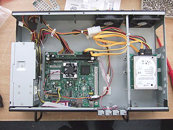
Atom Not For NVIDIA: Intel
Barely a week into its announcement, the NVIDIA Ion platform, finds itself amidst a potential controversy that has trouble written all over it, reveals a DigiTimes report. The Ion platform is NVIDIA's attempt to bring to market, products incorporating the Intel Atom processor and its own core-logic with embedded GeForce graphics technologies. The controversy involves an internal statement distributed by Intel to hardware manufacturers that they will be able to purchase stocks of Atom processors bundled with homegrown i945GSE and i945GC chipsets, and not just the processor itself.
This leaves manufacturers with inability to buy just the processor. While manufacturers can work around this by buying the entire bundle per unit, in order to use the processor on products based on the Ion platform, it is an expensive way of doing it and substantially increases manufacturing costs. This would then render Ion based products too expensive to fit in the market segment originally conceived. NVIDIA's executives have been lobbying with Taiwanese PC makers to garner support for the Ion platform. Intel responded to the report, saying that it had no plans to validate NVIDIA MCP79 on netbook or nettop platforms. Intel also has no plans to form a partnership with Nvidia to support nettop or netbook platforms based on the Intel Atom CPU, the company added. A response is awaited from NVIDIA.
This leaves manufacturers with inability to buy just the processor. While manufacturers can work around this by buying the entire bundle per unit, in order to use the processor on products based on the Ion platform, it is an expensive way of doing it and substantially increases manufacturing costs. This would then render Ion based products too expensive to fit in the market segment originally conceived. NVIDIA's executives have been lobbying with Taiwanese PC makers to garner support for the Ion platform. Intel responded to the report, saying that it had no plans to validate NVIDIA MCP79 on netbook or nettop platforms. Intel also has no plans to form a partnership with Nvidia to support nettop or netbook platforms based on the Intel Atom CPU, the company added. A response is awaited from NVIDIA.

